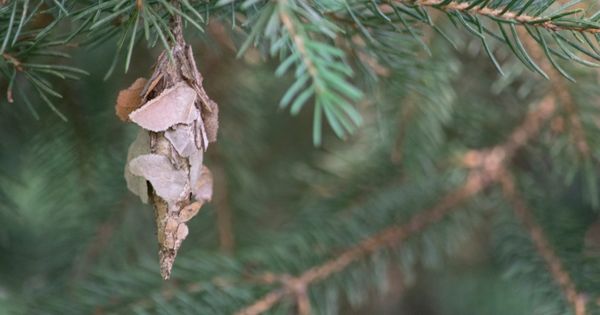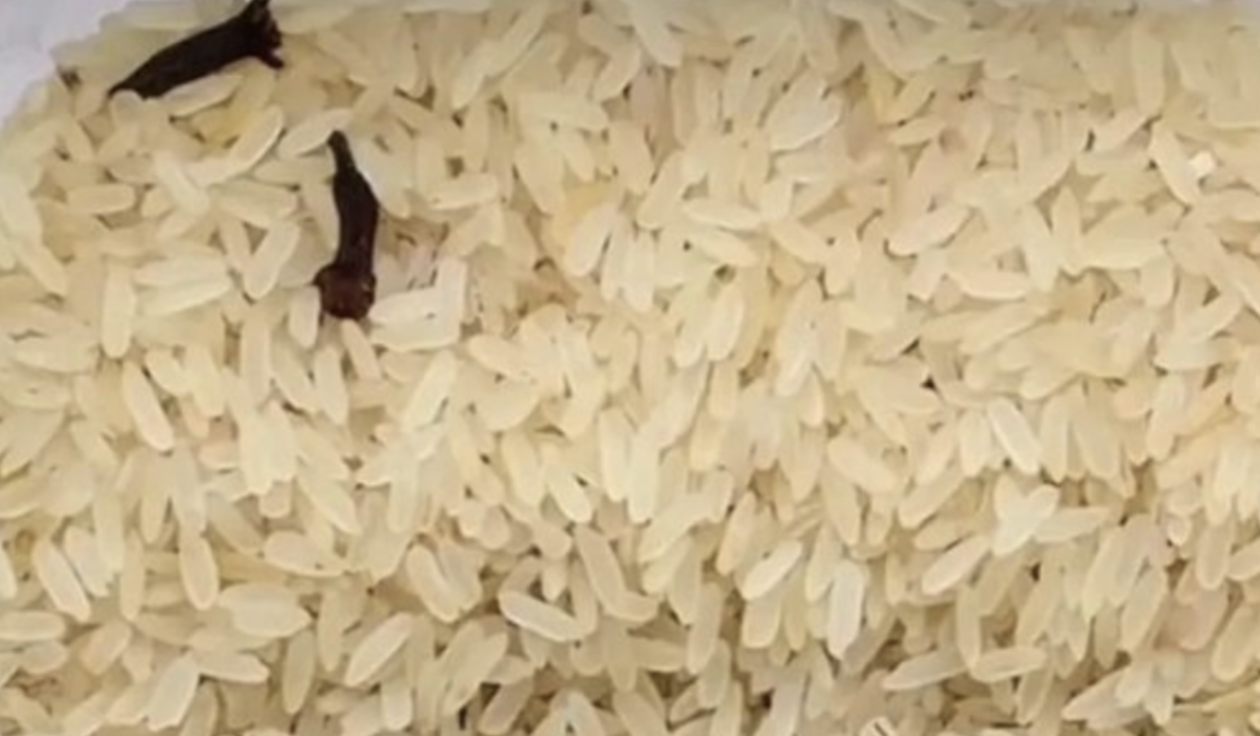
Have you ever spotted something strange hanging from your tree and wondered what it could be? Don’t worry, you’re not alone! Many people get a little freaked out when they see these hanging bags. But fear not, it’s just bagworms!
Bagworms may sound like creepy creatures, but they are actually moths. Despite their name, which comes from the worm-like form of their larvae, bagworms are quite interesting insects. They live their entire life cycle inside a bag made of silk and bits of foliage.
These bags are created by the larvae when they attach plant debris like leaves, twigs, and bark to their bodies using a silk-like thread. As they grow bigger, so does their bag. It’s quite fascinating to see how they construct their little homes!
In late spring or early summer, the eggs of a female moth hatch, and the cycle begins again. Only the adult male moth leaves the protection of its bag when ready to mate, while the female moth stays inside her bag. It’s like having a mobile home!
Now, you may be thinking, “Are bagworms harmful to my trees?” Unfortunately, yes. Bagworms can actually cause significant damage. As they feed on the leaves, it becomes harder for the tree to photosynthesize and produce the nutrients needed for growth and survival.
Not only that, but bagworms weaken the tree, making it more prone to diseases, attacks from other pests, and environmental stressors. If the infestation is left untreated, the tree can eventually die. So, it’s essential to take action!
Fortunately, there are several ways to manage bagworm infestations. If you only have a few affected trees, you can pluck each bagworm cocoon out of the tree individually. However, if the infestation is widespread, pruning the affected branches and properly destroying them is a more suitable method.
Encouraging natural predators can also help control bagworms. Additionally, chemical control options like acephate (Orthene), cyfluthrin, and spinosad can be used as sprays. Remember, though, chemical control should only be a last resort due to potential environmental impact.
Prevention is always the best approach. Regularly inspect your trees, practice good maintenance, and plant trees at an appropriate distance to avoid overcrowding. Keep an eye on the surrounding vegetation as well.
Now that you know all about bagworms and how to handle them, share this helpful article with your family and friends on Facebook. They might have bagworms hanging from their trees too and need some guidance! Let’s keep our trees healthy and bagworm-free!




